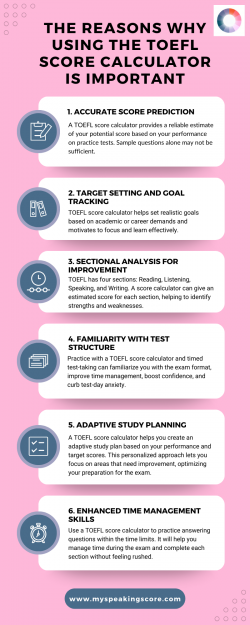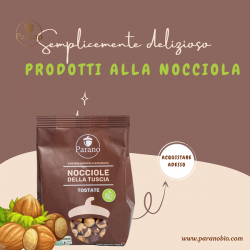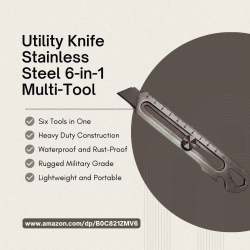Demystifying the Art of Web Creation: A Comprehensive Guide to Building Stunning Websites
In the fast-paced digital era, having a strong online presence is crucial for individuals and businesses alike. At the heart of this online presence is the creation of websites – the virtual storefronts that represent who we are and what we offer to the world. Whether you’re a seasoned developer or a complete beginner, the process of creating a website can seem daunting. In this guide, we’ll break down the key steps involved in crafting a website that not only looks great but also functions seamlessly. SEO optimizacija
1. Define Your Purpose and Audience:
Before diving into the technicalities, it’s essential to define the purpose of your website and identify your target audience. Are you creating a personal blog, an e-commerce site, or a portfolio? Knowing your goals will guide every decision you make throughout the web creation process.
2. Choose a Domain Name and Hosting:
Your domain name is your virtual address, and choosing the right one is crucial. It should be memorable, easy to spell, and reflective of your brand. Once you have your domain, you’ll need a hosting provider to store your website’s files and make it accessible to users.
3. Select a Content Management System (CMS):
CMS platforms simplify the web creation process, even for those without extensive coding knowledge. Popular choices include WordPress, Wix, and Squarespace. Each offers a range of templates and customization options to suit your needs.
4. Design Your Website:
Your website’s design plays a significant role in user experience. Choose a clean and intuitive layout that aligns with your brand. Consider factors such as color schemes, typography, and imagery to create a visually appealing site.
5. Content is King:
Compelling content keeps visitors engaged. Develop high-quality, relevant content that speaks to your audience. This includes text, images, and multimedia elements. Regularly update your content to keep it fresh and relevant.
6. Responsive and Mobile-Friendly Design:
With the increasing use of smartphones and tablets, it’s crucial to ensure your website is responsive and looks great on various devices. Responsive design adapts your site’s layout to different screen sizes, providing a seamless experience for users.
7. Integrate SEO Best Practices:
Search Engine Optimization (SEO) is essential for improving your website’s visibility on search engines. Use relevant keywords, create descriptive meta tags, and build quality backlinks to enhance your site’s ranking.
8. Security Matters:
Protect your website and its visitors by implementing security measures. This includes using secure hosting, updating your CMS and plugins regularly, and adding an SSL certificate for encrypted data transmission.
9. Add Functionality with Plugins and Widgets:
Enhance your website’s functionality by integrating plugins or widgets. These can range from contact forms and social media feeds to e-commerce tools. Be mindful not to overload your site with unnecessary features that might slow it down.
10. Testing and Optimization:
Before launching your website, thoroughly test its functionality across different browsers and devices. Address any issues promptly to provide a seamless experience for all users. Additionally, regularly monitor your website’s performance and make optimizations to improve speed and user experience.
Conclusion:
Creating a website may seem like a daunting task, but with the right approach and tools, it becomes an exciting and rewarding endeavor. Remember to stay true to your brand, focus on user experience, and keep up with the latest trends in web design and technology. By following these steps, you’ll be well on your way to crafting a stunning website that effectively communicates your message to the world. Whether you’re a blogger, entrepreneur, or artist, your online presence begins with a well-designed and functional website.

































































